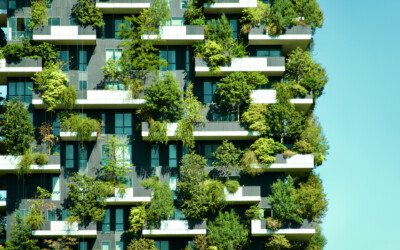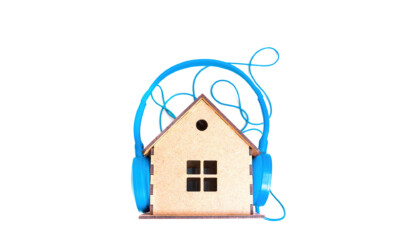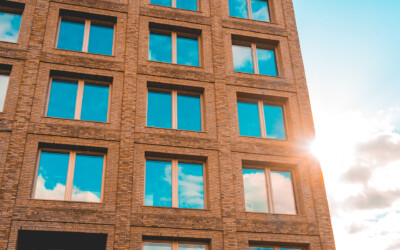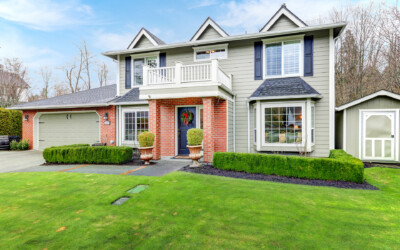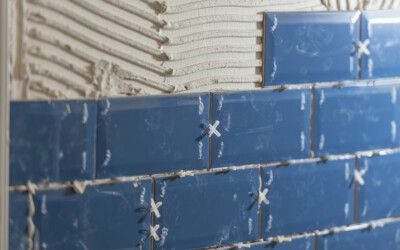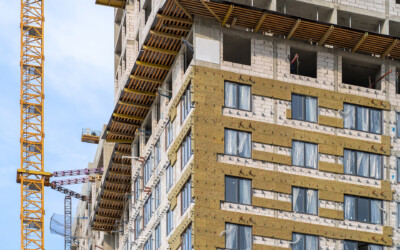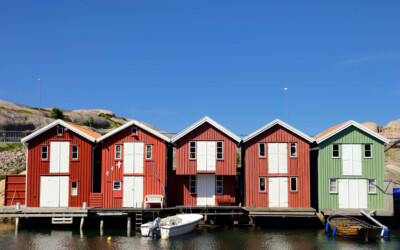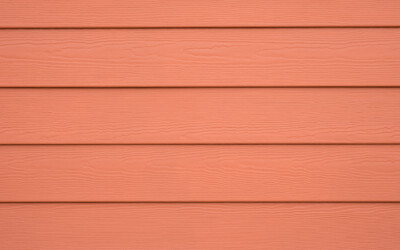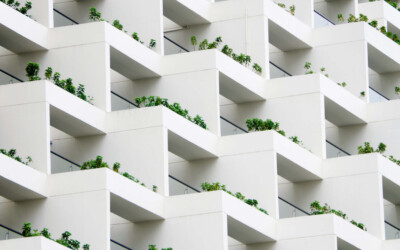SMARTCON
Blog

Biophilic Design Elements: Using Fiber Cement Boards to Enhance Natural Aesthetics
In recent years, the concept of biophilic design has surged in popularity, as architects and interior designers seek to bridge the gap between modern built environments and the natural world. Biophilic design focuses on integrating natural elements into architectural and interior design to foster greater connectivity to the natural environment. One material that stands out in this design philosophy is fiber cement boards, known for their durability and versatility. These boards not only meet the
The Sound of Silence: Cement Particle Boards as a Solution for Noise Reduction
Cement particle boards are a distinct and robust building material increasingly employed in diverse construction applications. These boards are made from a combination of wood particles or chips that are bonded together with cement and other additives, providing a durable and dense panel. Cement particle boards are recognized for their excellent fire resistance, being rated as non-combustible and capable of withstanding high temperatures. They are an environmentally
Revolutionizing Brickwork with Enhanced Brick Lining Panels
Brick Lining Panels are setting new standards in the construction industry, specifically tailored for facade and brickwork contractors looking to streamline their projects. Crafted from durable Glass Reinforced Concrete (GRC), these panels feature a channeled design that simplifies the brick slip application process, allowing for precise positioning and adherence of brick slips using a cement-based adhesive. The installation of these panels is straightforward; they can easily be screwed
10 Reasons Fiber Cement Is a Long-Term Investment for Your Next Project
Fiber cement boards are transforming the way we think about building materials. Not only do they stand out for their strength and safety features, but they also shine when it comes to ease of maintenance and long-term cost savings. Let’s delve into why choosing fiber cement boards over alternatives like wood cladding can be a smart financial decision, without compromising on aesthetics. Minimal Maintenance, Maximum Savings
One of the most compelling advantages of
The Power of S1 Grade Tile Adhesives: Elevating Design with Terrafix W32
In the dynamic world of design and architecture, achieving a perfect blend of strength, style, and longevity in tiling applications is a sought-after goal. Terrafix W32, a superior S1 grade tile adhesive, stands as a beacon of innovation, offering exceptional flexibility and adhesion. This product, characterized by its exceptional properties and versatile applications, represents the pinnacle of tiling adhesive technology. Exceptional Features of Terrafix W32 is its flexibility, a critical attribute
10 Key Benefits of Cement Particle Boards for Sustainable Construction
Cement Particle Boards are revolutionizing the way we approach construction, offering a sustainable, versatile, and durable solution that caters to the modern demand for eco-friendly materials. Below, we explore the ten key benefits that make Cement Particle Boards an indispensable choice for builders and architects. Composite Durability: Combining cement with wood particles creates a robust material that withstands harsh environmental challenges, including moisture, pests, and fire. This durability ensures the longevity of structures built with
Combating Coastal Climate Challenges: Cement Particle Boards in Marine Environments
Coastal constructions face a unique set of environmental challenges, including salt spray, high humidity, and relentless sun exposure. These conditions demand materials that can withstand such aggressions while maintaining structural integrity and aesthetic appeal. Cement particle boards emerge as a resilient and adaptable solution, offering unparalleled durability in marine environments. This article explores the exceptional properties of cement particle boards that make them
The Aesthetics of Durability: Textured Finishes with Cement Particle Boards
In the realm of modern architecture and design, the pursuit of materials that combine functional resilience with aesthetic versatility has led to innovative applications of cement particle boards. Renowned for their durability, these boards are now being celebrated for their potential to contribute to the visual appeal of buildings. This article delves into the innovative use of textured finishes on cement particle boards, illustrating how this material is transforming
Fiber Cement Boards: Pioneering Aesthetics in Modern Architecture
The architectural landscape is continually evolving, with modern design placing a premium on materials that offer both functional integrity and aesthetic versatility. Among these innovative materials, fiber cement boards have emerged as a favorite for architects and designers alike. Renowned for their durability, sustainability, and flexibility, these boards are revolutionizing the way we think about building facades, interior spaces, and even art installations within the realm of architecture.

